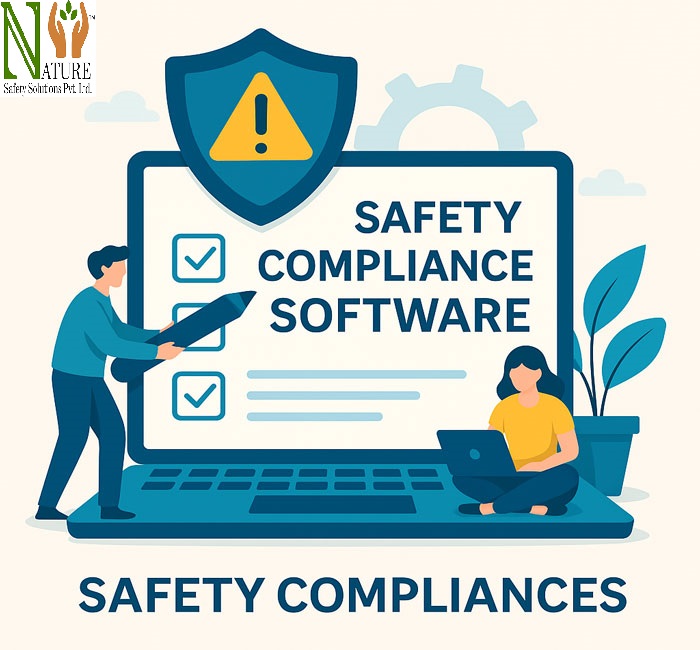Managing health and safety at work can feel overwhelming. There are endless regulations to follow, inspections to pass, and reports to file. If you’re still handling it all with spreadsheets and sticky notes, it’s time for an upgrade. That’s where safety compliance software comes in—it’s like giving your safety program a serious boost.
Let’s break down why so many companies are switching and how it could make your job a whole lot easier.

1. Stay on Top of Regulations (Without the Headache)
Health and safety laws are always changing. One year it’s a new reporting rule, the next it’s a training requirement. Keeping up can be a full-time job. With compliance software, the system does the heavy lifting for you—sending alerts, generating the right paperwork, and even helping with audits. You stay ahead, and your company stays out of trouble.
2. Make Inspections and Audits a Breeze
No more digging through folders or flipping through binders. Digital tools help you schedule, conduct, and log inspections quickly and neatly. Got a safety issue? The software flags it instantly, assigns follow-ups, and tracks progress. Everything’s in one place—clean, clear, and ready when the auditors come knocking.
3. Save Time (and Your Sanity)
Let’s be honest: logging every incident, tracking training, and updating safety manuals manually is exhausting. Compliance software puts everything online, organizes it neatly, and keeps it updated automatically. You’ll spend less time chasing paperwork and more time focusing on what really matters—keeping your people safe.
4. Spot Problems Before They Become Accidents
Want to catch safety risks early? Smart software helps you see trends in reports, spot problem areas, and fix them before they become serious. Whether it’s repeated incidents in one department or missed checks on equipment, the system gives you the info you need to take action fast.
5. Build a Safety Culture Everyone Believes In
People are more likely to follow safety rules when they see management taking it seriously. Compliance tools let workers report issues easily (even anonymously), track their own training, and stay informed. It makes safety part of the everyday routine—and that builds trust and accountability from top to bottom.
Also read:-
- How to Train Employees on Fire Safety Procedures: A Comprehensive Guide
- Electrical Fire Risks: Prevention Tips for Office and Home
- Creating an Effective Fire Evacuation Plan: A Step-by-Step Guide
- Everything You Need to Know About an EHS Inspection
- Why Environment, Health & Safety Matters More Than Ever
